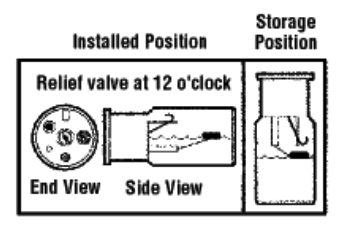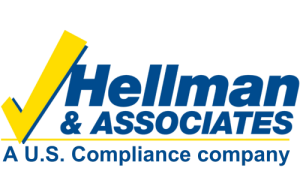What should an operator do when handling propane fuel?

- Position the tank so the liquid propane does not come in contact with the relief valve.
- Ensure the locking pin engages into the cylinder and the valve is closed tightly.
- Store the cylinder outside, in an upright position, in an area where it can be secured and is protected from being struck.
- Put the cylinder down gently. Do not drop, dent or damage.
- Always protect the valve from any damage.
- Avoid contact with liquid propane, as it can cause frostbite.
- Wear protective gloves while making or breaking connections
- Ensure that only qualified persons repair carburetors and fuel supply systems.
- Exchange removable cylinders outdoors or in well-ventilated areas, away from ignition sources.
- Close the valve before breaking connections
What steps should operators follow when changing fuel tanks?
- Wear eye protection and insulated, loose fitting gloves such as leather (dry) or insulated neoprene.
- Close the valve on the cylinder.
- Run the engine until it stops. This ensures that the connection hose is empty.
- Shut off the engine.
- Open the connecting nut and inspect valves for leaking. Do NOT use metal tools.
- Disconnect the hose followed by the holding straps.
- Remove the empty cylinder and replace with full cylinder in the proper position.
- Reconnect the holding straps and tighten the connecting nut (wiggle hose).
- Open the valve on the cylinder slowly and check for leaks.
- If the valve leaks:
- 1st time – Tighten the nut and continue.
- 2nd time – Change the cylinder.
- 3rd time – Change the hose.
- Open the valve fully (slowly).
- Check that the hose is turned inward.
- Secure the hose downward.
- Secure the cylinder.
- Start the engine and resume operation.
What should an operator not do when changing a propane tank (cylinder)?
- Do not use metal tools when changing a cylinder.
- Do not let the cylinder get too hot.
- Do not use matches or a flame to check for leaks. Use soap or a leak detector.
- Do not mount more than two LPG cylinders on any forklift truck.
